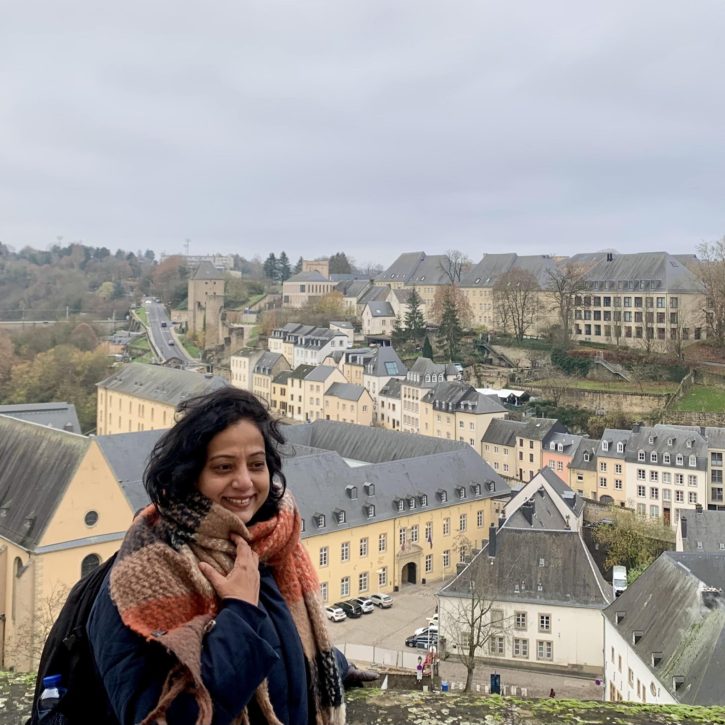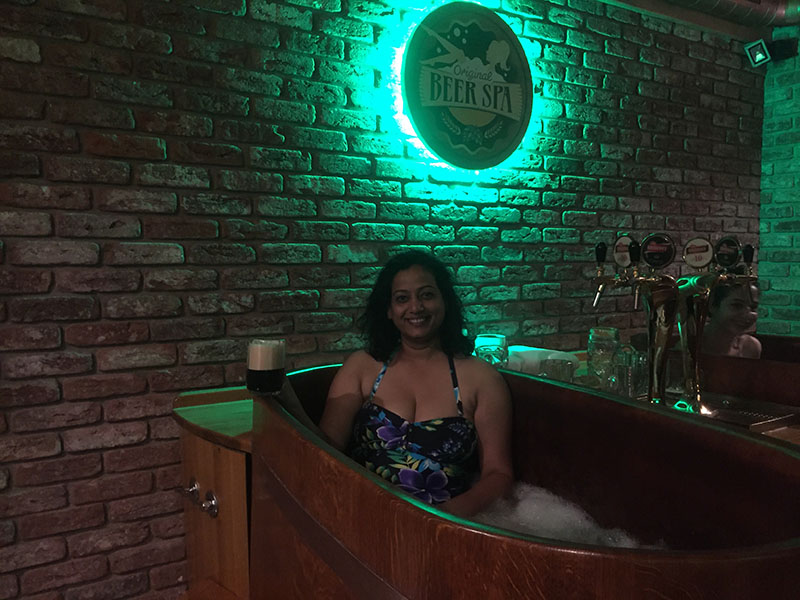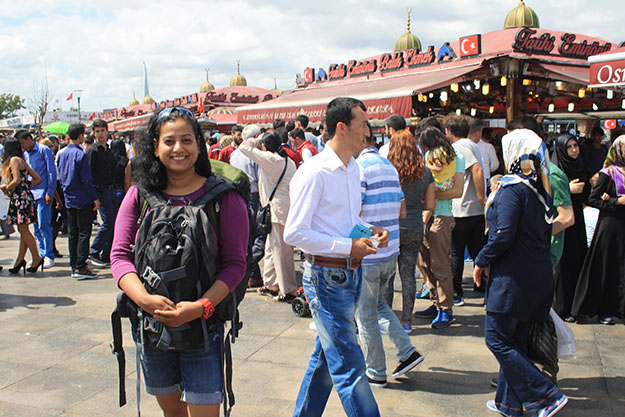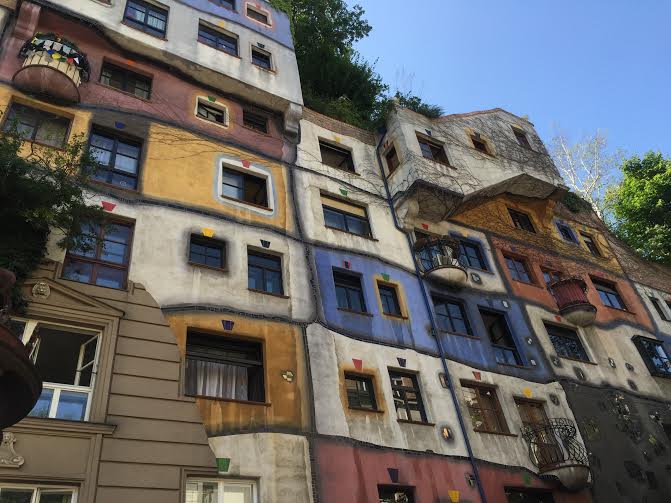The morning I boarded the train for Luxembourg from Brussels Noord, I asked myself this question. Why? It was a snowy winter morning, and shouldn’t I have remained in Brussels drinking hot chocolate and eating waffles? No. Not me. I wanted to see what the world’s richest country was like.
That was a good reason to get on the train. But if you are visiting Western Europe and ready to stray off the beaten path, then Luxembourg could be the best choice. The question you might ask yourself at this point is – why? Is there any reason to visit this tiny landlocked country?
The three hours on the train went by in a jiffy – the landscape seen through the train window alternated between stretches of flat green, forested green and area covered in snow but in the end, I arrived at this charming little city not knowing very much about it. Unlike the capital cities that surround it (Berlin, Paris, and Brussels), Luxembourg City is often overlooked and unknown by tourists and I do not know anyone who has been there, but here are reasons why you should plan it.
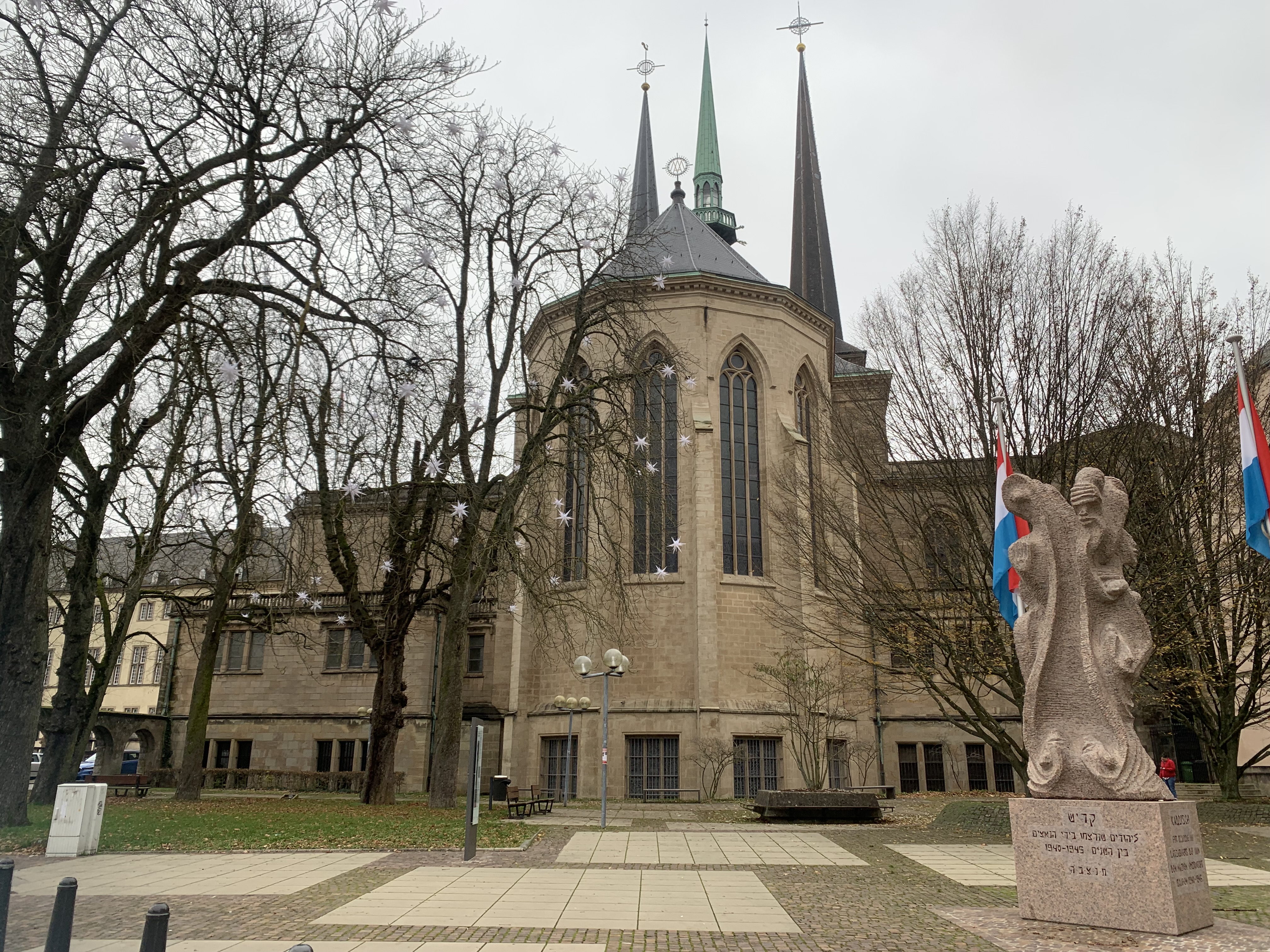
What to Do in Luxembourg City
Simply wandering around on foot is the best way to experience Luxembourg City. Between its impressive fortress walls, Old Town quarter, narrow alleyways, endless greenery, and its charming canals, Luxembourg is a medieval gem to behold. And not to mention its Paris-style shopping street.
I loved walking around and taking in the beautiful views, feeling often that I was somewhere in Paris. Luxembourg City is a place to appreciate history and the convergence of many European cultures, snap some photos, and drink a few beers in the city center sunshine (I missed the sunshine bit, of course because it was wintertime – meaning, time for the hot wines!!)
There aren’t any ‘must-see’ items to check off your list; rather, you should take the entire city for what it is in entirety. However, there are a few attractions in Luxembourg City worth seeking out. Let me start with the Old Quarter, one of the historic places in the city. And even if you are not a history buff, you will find this a very interesting start.
It is in fact, one of the most important cities in Europe because of its fortifications. The roads in the old quarter are decorated with charming old buildings and homes. It’s a beautiful place to have a walk around as you cross the many spectacular bridges including the Adolphe Bridge. This is one of the best places to visit in Luxembourg city which is built around a ravine and that makes for dramatic cliffside scenery.
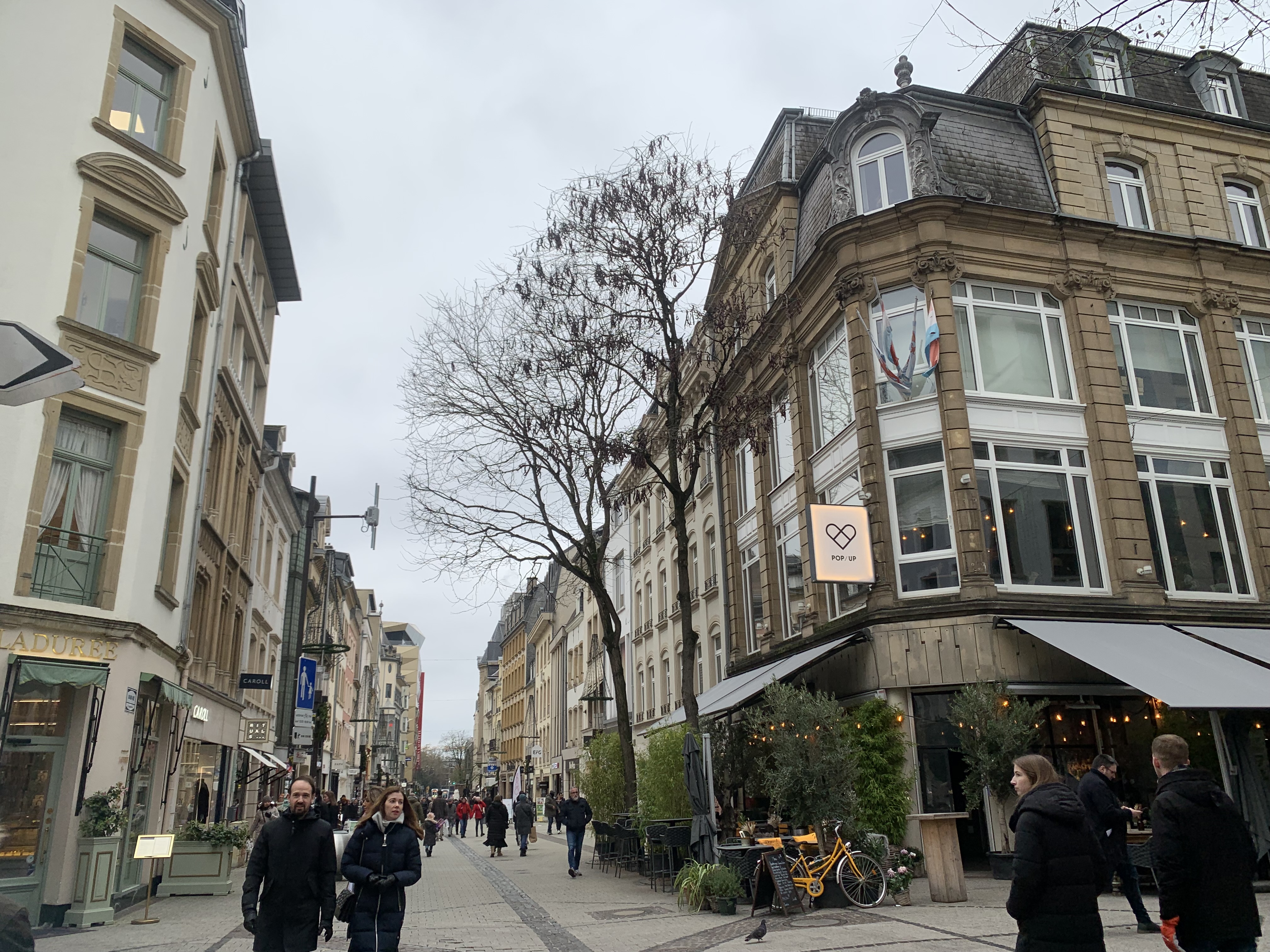
The Old Quarter roughly consists of these –
Le Chemin de la Corniche: This is one of Europe’s most beautiful balconies. I walked along this charming promenade to savor the breathtaking views of Barrio Grund and the Alzette and Pétrusse Rivers in the gorge below and came away mesmerized – despite that the winter had stropped the trees barren.
The Barrio Grund
The Barrio Grund is Luxembourg City’s oldest quarter; settlement here began in the 10th century. This fortified city is known as the ‘Gibraltar of the North’ and served as a stronghold against attackers through the centuries, until 1867. Today, Barrio Grund is a UNESCO World Heritage Site.
The Passerelle: The old, arched bridge, constructed between 1859 and 1861 is a sight to behold. Because of the stunning, uneven landscape along the Pétrusse Valley and two rivers, this bridge looks even more alluring.
William Square (Place Guillaume II)
Located in the center of Luxembourg, this square takes its name from the equestrian statue of King Wilhelm II, who was once the King of the Netherlands and the Grand Duke of Luxembourg. The statue on the square is very imposing. This is city’s most famous square and come summer, weekends, it turns lively with markets and stalls. (Ducal Palace is to its left and the Notre Dame Cathedral is just behind. You can’t miss it.)
Notre Dame Cathedral: This beautifully combines Renaissance and Baroque styles of architecture and was constructed between 1613 and 1621. Housing detailed stained-glass windows, intricate religious paintings and sculptures, and impressive pillars decorated in arabesque designs, this cathedral is a nice sight to see.
In front of the cathedral (on the opposite side of the road), you will find the War Memorial with a 21 m tall granite obelisk atop which is a gilded statue representing Nike, the goddess of victory. Walk to the edge of the memorial to see the grand view of the Adolphe Bridge, a double-decked arch bridge
Palais Grand Ducal: The home and seat of the Grand Duke is one of Luxembourg’s most important historic buildings and is reminiscent of fairy tale castles. The Grand Duchy is the head of state for Luxembourg, and they maintain their official residence here. The Palais is only open to the public on select days of the year so plan if you want to look inside.
Right outside the grand palace is the Chocolate House – just saying. It is popular, so arrive early to get a seat. I am not a big fan of chocolate, but I did enjoy a hot cup. Afterall, it was cold. Sit by the window and enjoy the views of the Grand Palace.
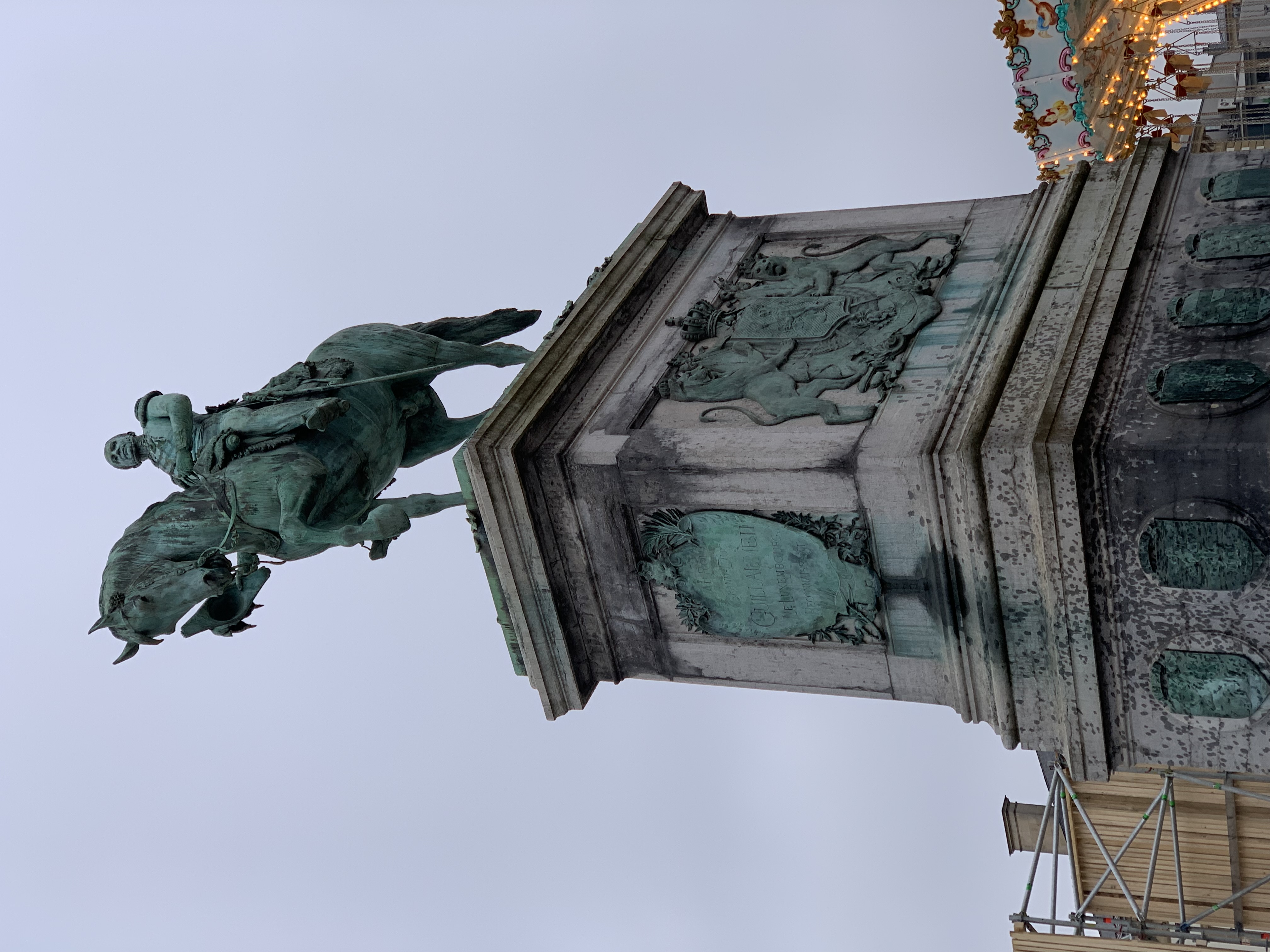
Luxembourg American Cemetery Memorial
The Luxembourg American Cemetery Memorial is a popular attraction among American tourists in Luxembourg City. Across 17 acres of lush green grass, 5,076 fallen American soldiers – most of which died fighting in the Battle of the Bulge – lay to rest, honored with white cross gravestones and a powerful Eisenhower quote.
*** Did you know that Luxembourg is the last Grand Duchy in the world, meaning it is a representative democracy headed by a constitutional monarch, Grand Duke Henri.
Considering that majority of the population living here are foreigners, there is no shortage of food variety – that includes Asian food too. I did enjoy my pork and beans soup, but I did crave for something Asian and ended up eating at a street side Thai joint. Considering it was Christmas market season, there was plenty of interesting food to be had, all downed by hot wine. (If you are drinking hot wine, you’ll be asked to pay a deposit for the cup, returnable if you return the cup).
And oh, remember there are 53 Michelin stars restaurants in the city – which means, you are never far away from good food.
To sum it all up, even if you can’t visit all the 130 castles in the country (yes, that’s how many there are), it is still worth a visit to its capital (Luxembourg City is the capital of Luxembourg, simple) on a day trip to experience the best the country has to offer.
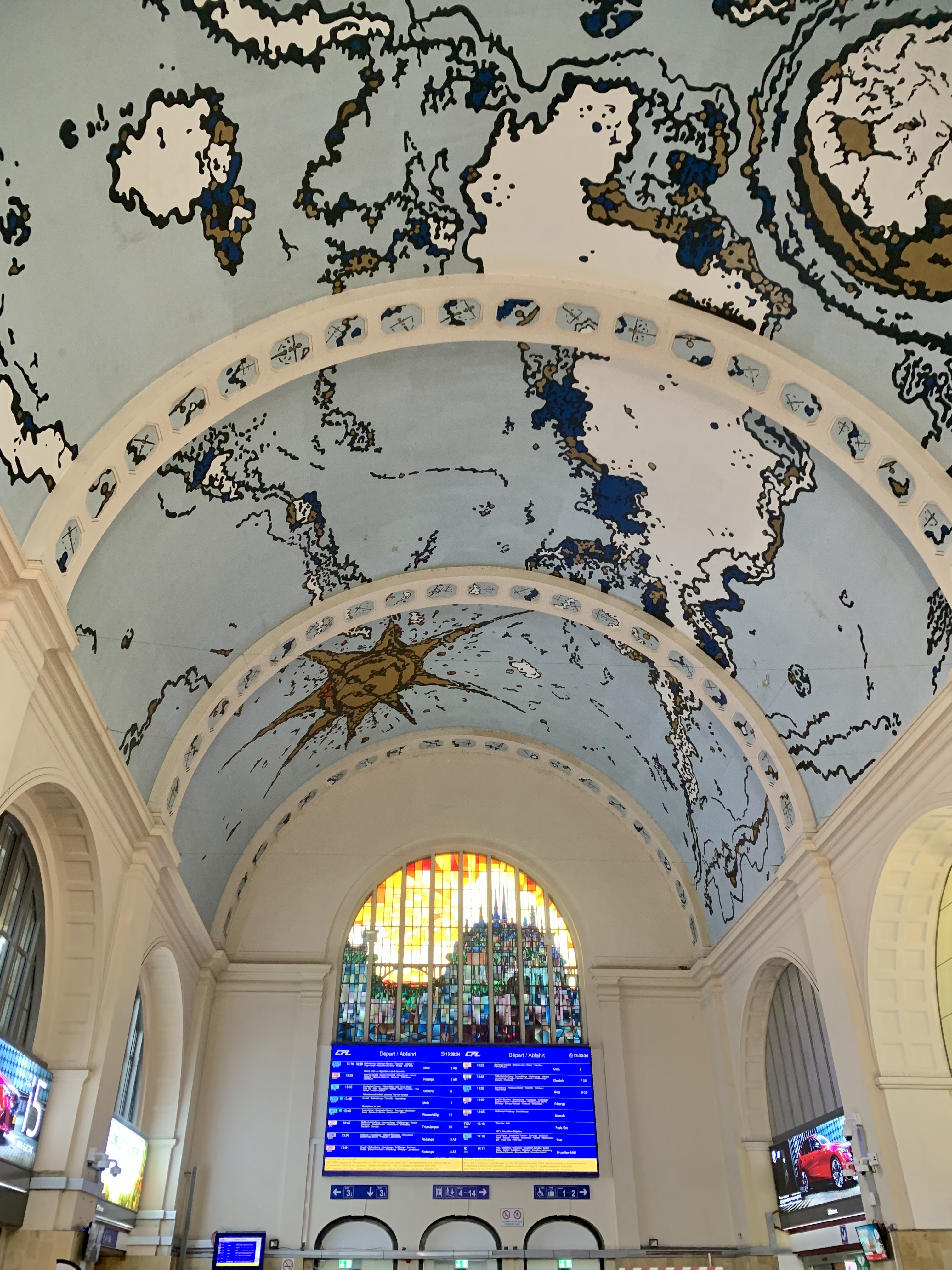
Some interesting facts
- The Schengen agreement was signed in a small village in Luxembourg on the border with Germany and France.
- The national dish of Luxembourg is pork and beans (Judd mat Gaardebounen) in a creamy sauce.
- It has the highest GDP in the world and is thus the richest country in the world.
- Luxembourg once boasted the world’s largest wine list at one time offering a staggering 1,746 selections. (This title was usurped by Grand Lisboa in Macau, China.)
- Luxembourg is one of the safest countries in the world. There are only three jails in the entire Grand Duchy and all three are quite empty.
- Luxembourg has three official languages, is a tax haven and a third of the country is covered in trees.
|

